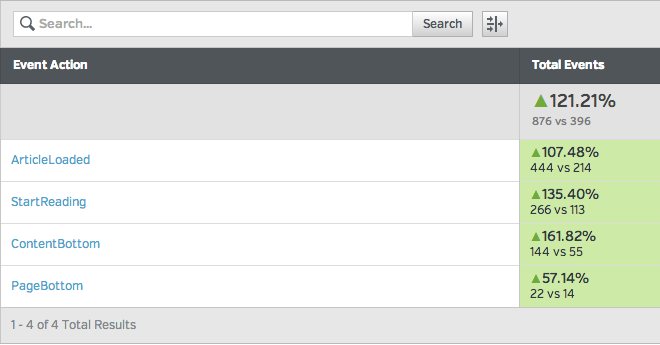For most content and affiliate marketers, simply getting traffic to their site is not good enough. In fact, if users don’t engage with their content, then that traffic is essentially useless.
The definition of engagement has changed slightly over the years. Early measurements of engagement focused on Bounce Rate and Pages per Session. However, those metrics did not provide a good measurement of engagement.
For example, if a user doesn’t bounce, it doesn’t necessarily mean they were engaged with the content. The same is true with Pages per Session. It may mean the user is clicking on different navigation links because they can’t find the content that interests them. For those reasons and others, the original engagement metrics ultimately became generalized into what is now referred to as Behavior metrics by Google Analytics (GA).
GA and the industry replaced the original engagement metrics with something called Session Duration (aka Dwell Time). The assumption behind Session Duration is that a visitor who spends more time on a site is an engaged user.
While Session Duration is the current method used by GA to measure engagement, it too is flawed. The problem with Session Duration is that you have no way of knowing what the visitor is doing on the page.
The best way to measure reader engagement is to track user scrolling.
Measuring Engagement Through Advanced Content Tracking
Justin Cutroni, Analytics Evangelist at Google, created a much better way to track reader engagement in GA. He calls it Advanced Content Tracking (ACT), and it monitors the scrolling activity of visitors as they read the page’s content.
ACT uses JavaScript – piggybacking off JQuery – to submit reader action Events to GA. It specifically tracks:
- When an article is fully loaded in the browser by submitting the Event Action “ArticleLoaded”
- When a reader starts to read the article (starts scrolling the page) by submitting the Event Action “StartReading”
- When a reader reaches the bottom of the article by submitting the Event Action “ContentBottom”
- When a reader reaches the bottom of the page by submitting the Event Action “PageBottom”
The visitor actions are recorded as Events, which are available in both GA and Raven’s Google Analytics integration and reporting. If you click on the Reading Event Category, it will display the four Event Actions.
The Event Actions will make it immediately obvious how many visitors actually read the content, and more importantly, how many finish reading it.
Why Measuring Engagement Via ACT is Important
Most content marketers and affiliate marketers need visitors to read some or all of their content because this type of engagement proves that the content is helping to drive targeted traffic. Plus, it increases greatly the chances of a reader taking an action, such as clicking an affiliate link or capturing an email address.
Marketers can also gain valuable insights from these Event Actions. For example, if you click on the “ContentBottom” Event Action, you’ll be able to see the content with the highest level of engagement. Using that information, marketers can focus on creating new content similar to the top performing content.
By evaluating top performing event pages with landing pages that have the best conversion rate, you can take your analysis a step further.
How To implement ACT
1. The first thing your site needs is JQuery. The easiest way to put this on your site is to link to it from Google’s servers by placing this code in the HEAD area of your HTML pages.
<script src="//ajax.googleapis.com/ajax/libs/jquery/1.11.1/jquery.min.js"></script>
2. The next step is to copy the ACT JavaScript code from JSFiddle. You will need to change two things.
- Change debugMode to False
var debugMode = false; - Change the default content class – .entry-content – to the class you use in the DIV that surrounds your article content.
if (bottom >= $('.entry-content').scrollTop() + $('.entry-content').innerHeight() && !endContent) {
Once you’ve made those changes, you can add the code to the HEAD area, making sure it comes after the JQuery script.
3. The last step is to test it using GA’s Real-Time view.
The best part about using ACT to measure reader engagement is that you can now provide your clients with an even better engagement report using Raven’s marketing report software.

Analyze over 20 different technical SEO issues and create to-do lists for your team while sending error reports to your client.






